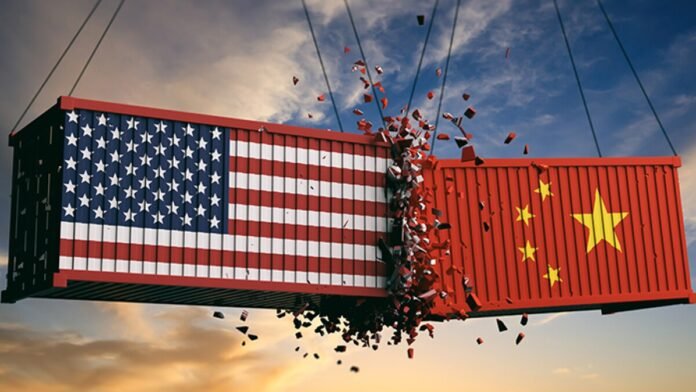China has escalated its trade war with the United States by imposing reciprocal tariffs of 34% on all US imports, effective April 10, 2025. This decisive move comes in response to President Donald Trump’s recent announcement of an additional 34% tariff on Chinese goods entering the US market—a measure designed to reset trade relations and intensify tensions between the world’s two largest economies.
Key Details of China’s Tariff Retaliation
- High Tariff Rates: In a statement by China’s State Council Tariff Commission, officials condemned what they called “unilateral bullying” by the US, asserting that the additional tariffs violate international trade rules and undermine China’s legitimate rights. The new 34% tariffs target all imports from the US, adding to previous tariffs and significantly increasing the overall duty on American goods.
- US Tariffs and Trade Deficit Concerns: Since taking office in January, President Trump has already implemented two rounds of 10% tariffs on Chinese imports. These measures, combined with pre-existing tariffs, have pushed the effective duty rate on Chinese products above 54%, aimed at curbing illicit trade practices and protecting domestic industries.
- Wider Trade Impact: China’s response is more aggressive than earlier reciprocal actions. Besides imposing high tariffs, Beijing has added 11 American companies to its “unreliable entity list,” including key drone manufacturers, and enacted export controls on 16 US companies to restrict the trade of Chinese dual-use items. Additionally, China announced export controls on seven rare-earth minerals—such as samarium, gadolinium, and terbium—critical to various high-tech industries.
Market Reactions and Economic Consequences
Following China’s announcement, US stock futures experienced significant declines. Dow futures dropped by 1,000 points (2.3%), while the S&P 500 and Nasdaq Composite were set to open 2.4% and 2.7% lower, respectively. European and UK stock markets also saw declines exceeding 3%, marking some of their worst performances in years.
- Global Market Turbulence: The rapid escalation in tariffs has sent shockwaves through global financial markets. On the previous day, the Dow fell nearly 1,600 points (almost 4%), with the S&P 500 and Nasdaq suffering losses of nearly 5% and 6%, respectively.
- Trade and Economic Uncertainty: US Secretary of State Marco Rubio acknowledged the market turmoil but expressed confidence that global markets would eventually adjust to the new rules. Meanwhile, businesses with supply chains deeply rooted in China are facing significant uncertainty amid the rising tariffs and the potential for broader economic slowdown.

